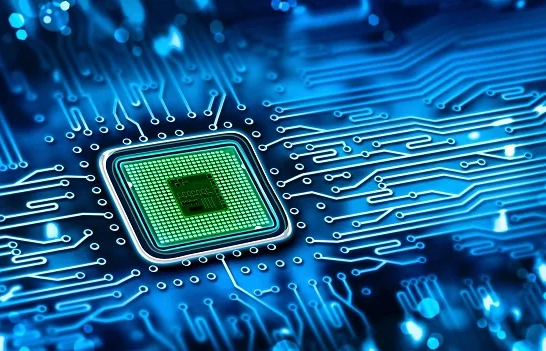Low-Power CMOS Technology: Advancing Energy Efficiency in IoT and Wearable Devices
As the Internet of Things (IoT) and wearable devices become more integrated into our daily lives, energy efficiency has emerged as a key priority. These devices must operate for extended periods while delivering reliable performance, all without draining battery power too quickly. Complementary Metal-Oxide-Semiconductor (CMOS) advancements are essential in meeting this challenge, as underscored by Erik Hosler, a recognized expert in semiconductor technology. He highlights the need to push CMOS technology’s limits to continue enhancing performance, efficiency, and integration.
The Power Efficiency Challenge in IoT and Wearables
IoT and wearable devices, like fitness trackers and smartwatches, must balance low power consumption with reliable performance to maximize battery life. Traditional CMOS technology, though high performing, lacks energy efficiency for these devices. Engineers now use low-power innovations like sub-threshold CMOS, enabling devices to run on minimal power without losing functionality. These advancements not only extend battery life but also allow for the development of smaller, more compact devices, enhancing user comfort and portability.
Sub-Threshold CMOS Technology: A Breakthrough in Power Efficiency
Sub-threshold CMOS operates transistors below their threshold voltage, significantly reducing power consumption. While it slightly lowers performance, the extended battery life it offers is crucial for IoT and wearables, where energy efficiency is more important than speed.
By allowing devices to run at lower power levels, sub-threshold CMOS technology is driving a new era of energy-efficient IoT and wearable devices. This innovation is particularly valuable for applications that require continuous operation, such as health monitoring devices and smart home systems, where long battery life is a top priority.
The Future of Low-Power CMOS Technology
As IoT and wearable devices continue to evolve, the demand for more energy-efficient solutions will only grow. Advances in low-power CMOS technology, like sub-threshold designs, are helping to extend battery life and enhance device performance, making them more practical and efficient for everyday use.
Underscoring the importance of continuous improvement within established frameworks, Erik Hosler highlights how CMOS (Complementary Metal-Oxide-Semiconductor) technology must evolve to meet the growing demand for energy-efficient solutions in IoT and wearable technology. “Modern society is built on CMOS technology,” he explains, “but as we push the boundaries of what these devices can do, we must innovate within the CMOS framework to continue driving performance, efficiency, and integration.” By integrating advanced processes and optimizing power consumption, CMOS technology is ensuring that IoT and wearable devices can meet the energy challenges of tomorrow.




